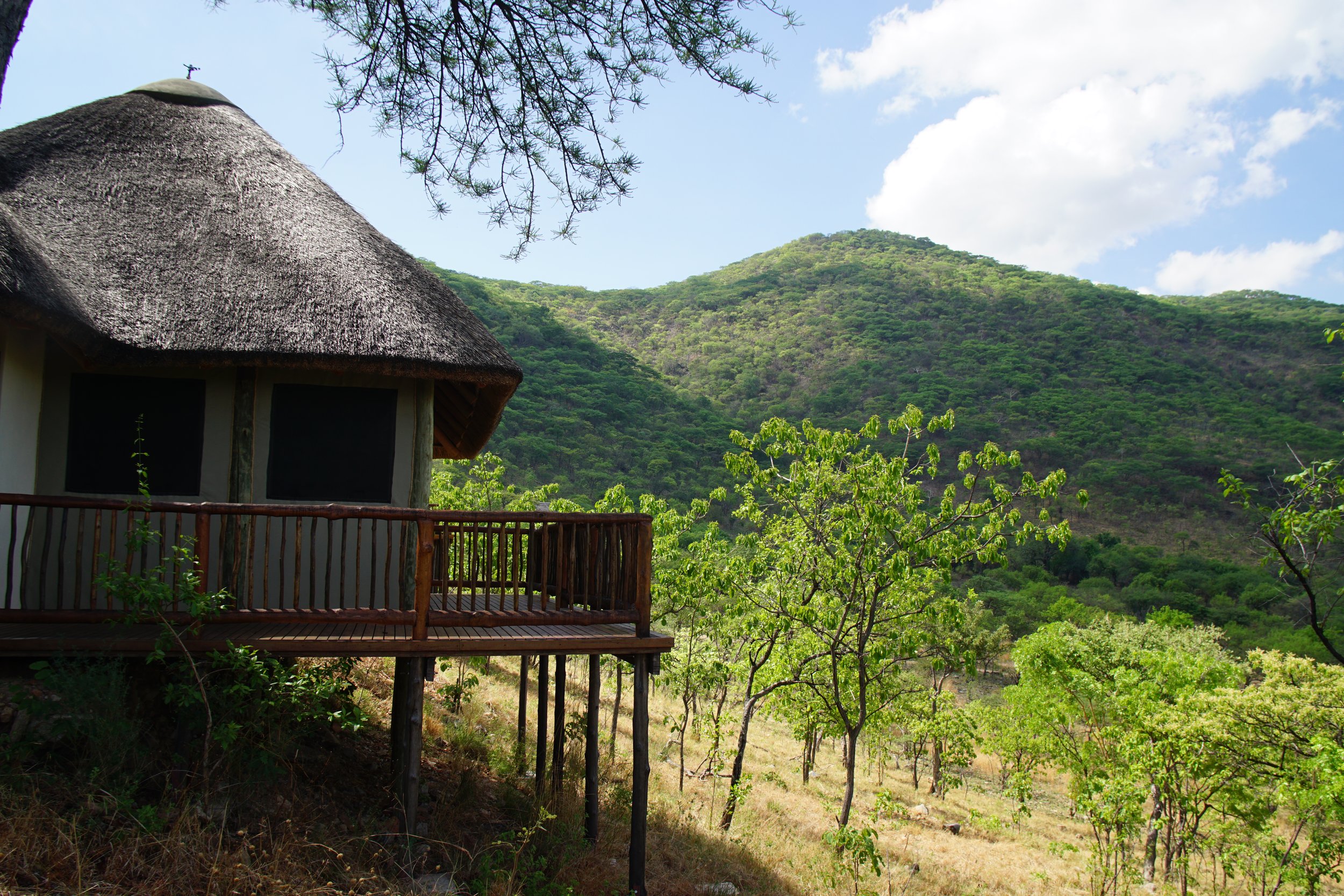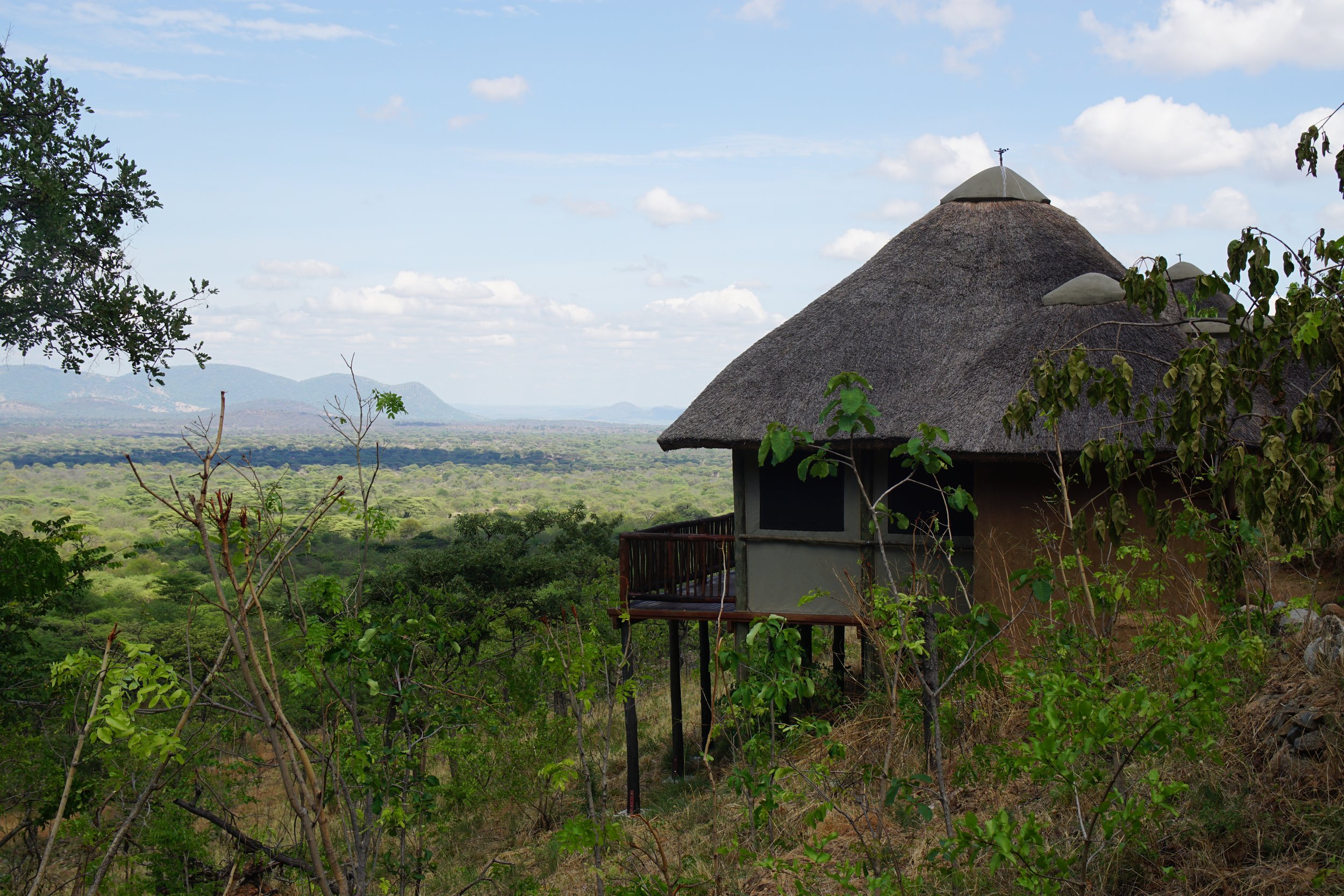
Ruaha National Park
Tanzania’s Greatest Safari
The Ruaha National Park is the largest National Park in East Africa, let alone Tanzania and is partly why we consider it Tanzania’s best safari. It is made up of hills, the great Ruaha River, and the Usangu wetlands. With very few camps in the park, complete privacy is almost guaranteed. Ruaha’s true beauty is its rolling hills which give stunning views of the surrounding plains and the river.
Ruaha covers an incredible 10,000 square kilometres and lies at altitudes of 750 to 1800 metres, with mountain ranges surrounding it in 3 directions. This ensures a very pleasant temperature for safari visitors year-round.
During the dry months, walking safaris are possible. Ruaha is also excellent for single travellers as it is generally a fly-in fly-out destination, where the single safari traveller can join an open-topped game-viewing vehicle with a small number of fellow safari vacationers.
Its remote location means that the Ruaha National Park receives a relatively low number of safari goers and this means you will have the most authentic African safari experience.
What makes Ruaha the Greatest?
The Ruaha National Park offers travellers to Tanzania a huge array of native wildlife to view, but it also has the largest population of elephants residing inside its borders of any East African natural reserve. Over 10,000 elephants roam this stunning park of rugged, semi-arid bushland and they can be seen everywhere: huddled under the scattered iconic baobab trees while circling their young protectively.
Besides the astounding number of elephants, the Ruaha National Park features the highest number of greater kudu in East Africa. These animals are the park’s emblem and are characterized by the male’s magnificent corkscrew horns. They can be seen standing still, almost disappearing, blending in with the colours of the landscape. June is the breeding month for greater kudu and it is in this month when visitors can spot the solo male greater kudu in extremely high numbers, potentially fighting with other males, a stunning show of nature.
Many other facts about the Ruaha National Park make it one of the best Tanzania safari – the nearly 450 species of birdlife that can be found here, and the highly endangered African (painted) wild dog can still be tracked here with patience and a good eye. As an often misunderstood predator, the African Wild Dog is fortunately slowly gaining respect and admiration as a highly adjusted predator. Several resident packs and their dens are known to the rangers of the lodges and when on a game-viewing safari, it is a once-in-a-lifetime opportunity to see these packs socialize and interact with each other. They return to the Ruaha National Park with every dry season and a safari could be planned around these seasonal predators.
Inside the Ruaha National park, a network of game-viewing roads follows the river and its tributaries. The animals, coming to the river to drink, attract numerous predators. Large prides of lions stalk the savannah and sleep under the baobab trees, waiting for a chance for prey to come along.
Getting to Ruaha National Park
There are scheduled and charter flights connecting the Ruaha National Park with the capital Dar es Salam, and regional cities like Arusha and Iringa. Smaller aircraft link the Ruaha National Park with other major parks in Tanzania like the Selous, Serengeti and Mikumi.
When arriving at one of Tanzania’s best safari, Ruaha National Park, by road, we suggest taking a few hours to visit the Stone Age site at Isimila, 120 km southeast of the park, offering a fascinating glimpse of life as the first known humans saw it. Isimila is one of the most important Stone Age sites in Africa and is on a level with Olduvai Gorge and Lake Turkana.
Accommodation inside the Ruaha National Park consists of two riverside lodges and three dry-season tented camps. For self-catering travellers, there is a basic campsite with simple huts.
Ruaha National Park - Price Guide:
Ruaha three-day Safari starting at £1227.00 (approx. US$1490).
A three-day three-night safari in Ruaha National Park, including flights, transfers, meals and accommodation. This is a superb addition to a week on the Swahili coast in Mafia Island or Zanzibar.Selous Ruaha Combo, starting at £1950 (approx. $2500).
Make it special and add one extra week in the Selous National park. Includes flights, transfers, meals and accommodation.


















